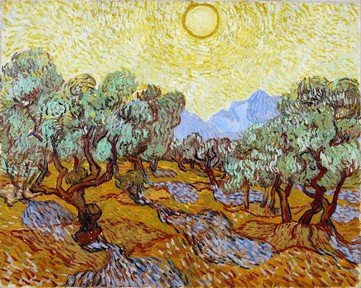Quiz Answer Key and Fun Facts
1. What is the title of this painting by Frances Guy?
2. What season is in the title of this painting by Claude Monet?
3. What season is in the title of this painting by Jean-Francois Millet?
4. What is the title of this painting by William Armstrong?
5. What season is in the title of this painting by Claude Monet?
6. What is title of this painting by Tom Thomson?
7. What is the title of this painting by Arthur Streeton?
8. What is the title of this painting by George Inness?
9. What is the title of this painting by George Inness?
10. What season is in the title of this painting by Emile Claus?
Source: Author
looney_tunes
This quiz was reviewed by FunTrivia editor
ponycargirl before going online.
Any errors found in FunTrivia content are routinely corrected through our feedback system.
